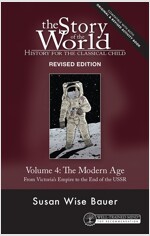Ch.29 The End of World War II
The War that Stretched Across the World
- Lighting War, Blitzkrieg
- Dunkirk Evacuation
- Vichy France
- German U-boats
- German air force, Luftwaffe
- D-Day
- Battle in Ardennes Forest
- It was the last German offensive of the war. By April 1945, Soviet troops were marching into Germany‘s capital city of Berlin. The power of the Nazis was broken.
- Over in Italy, anti-Nazi partisans killed Mussolini.
- In Berlin, Hitler was hiding underground, in a reinforced room called a bunker. On April 30th, 1945, Hitler shot himself. A little more than a week later, Germany officially surrendered. May 8th, 1945, became known as V-E Day- “Victory in Europe” day.
The Atom Bomb
- In Europe, World War II had ended on May 8th. But although Germany surrendered, Japan refused to do the same. Fighting in the East went on for three more months.
- German scientist, Albert Einstein, Jewish
- the Manhattan Project
- On August 6th, 1945, one atomic bomb “Little Boy” in Hiroshima
- On August 9th, 1945, a second bomb, “Fat Man” in Nagasaki
- On August 14th, 1945, World War II officially ended all over the world.
- The countries of the United Nations are supposed to join together to defend freedom and democracy. Like the League of Nations, the UN is also supposed to try to prevent war, by helping countries settle their differences. But right after World War II, the most pressing job of the UN was to prevent any more atomic bombs from being dropped. At the very first meeting of the UN General Assembly, in 1946, the UN formed a committee to try to convince the nations of the world to stop developing atomic weapons and to disarm (take apart) the weapons they already had.
